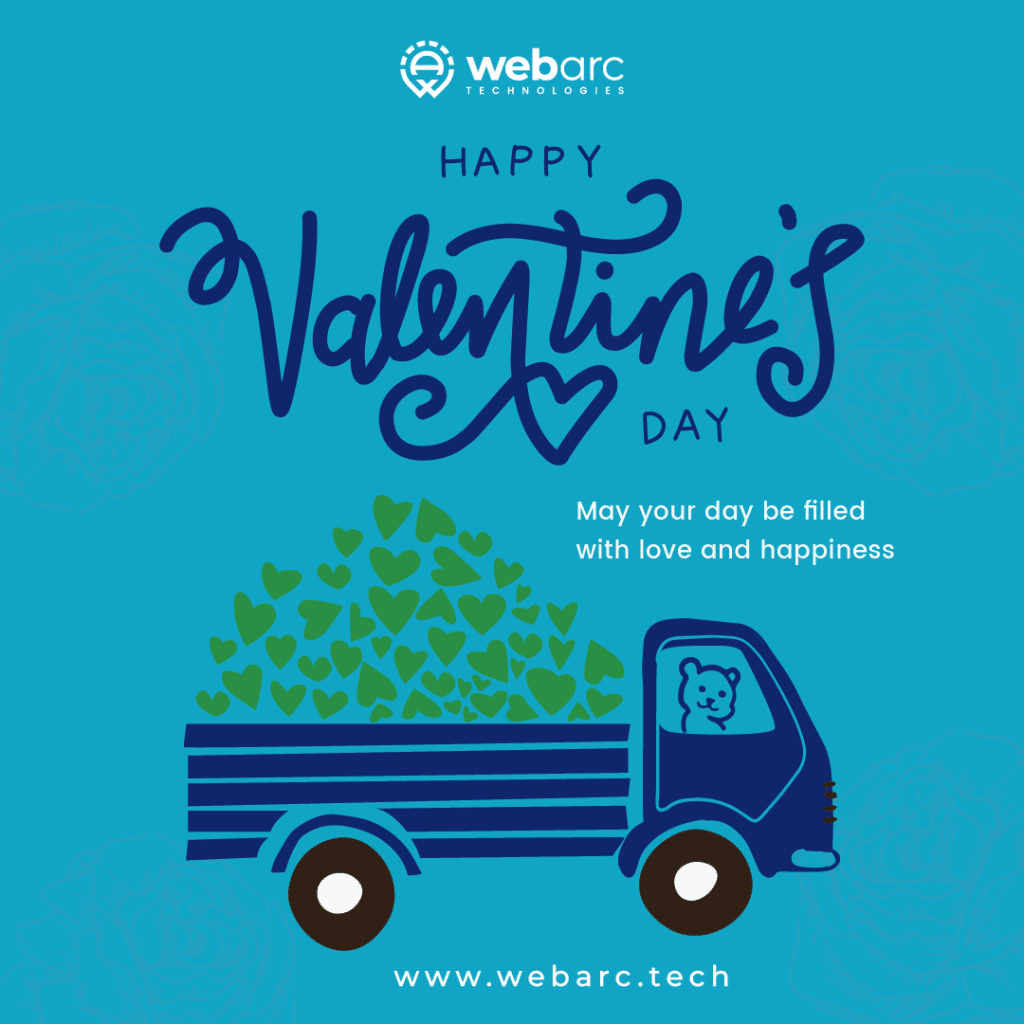You put in so much time and effort to generate great content. In order to ensure your visitors are finding your content, you need to make sure it is optimized for search engines. Below, we’ll dive into on-page SEO, providing you with details on what it includes and why each aspect is important. Every item is important on its own, but taken collectively, you’ll have a well-rounded and successful strategy.
Key Aspects of On-Page SEO
Title tag optimization
Title tags are what appear first in search results when users enter a specific query.

Meta tag optimization
Meta tags are used to describe content on your page. Meta descriptions are the text that shows up under your title tag in search results.

URL optimization
Using your target keyword in your URL is a good strategy for reinforcing your topic to users and search engines. It’s also important to keep it as short as you can so it doesn’t get overwhelming to users and search engines alike.
Heading optimization
Headings help users understand the hierarchy of your page content. Optimizing your content headings is a critical step that helps users understand your page and helps Google and other search engines understand the hierarchy of your page as well.
Your page headings should start with an H1 and then continue in order using H2, H3, H4 etc.
Using your keywords in your H1 is important. Search engines look at your H1 as the category and therefore the context of your content with your remaining H2, H3 etc. being supporting section headings for further organization. H1s are also used to help search engines determine whether your content is relevant to the user’s search.
Image optimization and alt text
Images help build interest in your pages, help keep users engaged in your content, and are also really important to SEO. Optimizing your images is a multi-purpose effort because it speeds up your site and can help with general SEO.
Page performance
You need to make sure your images are properly compressed so they aren’t so large they slow the page load but also remain high quality so they don’t appear stretched or grainy.
Accessibility and SEO
ALT text is another facet in image optimization. The purpose of the ALT text is to provide a description of what the photo is. This not only helps with SEO, but also with web accessibility AND helping search engines understand the context of the image.
Content optimization for on-page SEO
Optimizing your content is probably one of the most important on-page SEO tasks you can perform. Your content is the cornerstone of any digital marketing plan, for search engines and even social media.
Here are some content optimization areas you’ll want to consider:
- Research your target audience: If you don’t research your target audience, how can you create content for them? You should consider their age, gender, and interests in order to write engaging content for your audience.
- Keyword research: This can sound a bit daunting, but it’s essential to optimizing your content. What it comes down to is understanding what and how your users will search for your product or service. If you don’t do the research, you could be hurting your efforts at ranking in the search engines.
- Optimizing word count: While there isn’t an actual rule on how many words should be on your pages, research has shown longer content helps improve your chance to get more social shares and more links to your content from high value link partners. The recommended word count is between 2000-2500 words, but a minimum of 300 words for your page should be considered; otherwise, your topic may not need its own page.
- Calls to Action: Calls to action or CTAs provide users easy access to purchase your products or sign up for your services. A lack of CTAs could mean your visitors won’t convert to buyers.
Mobile friendliness
Mobile friendliness isn’t just about ensuring all users experience your website the same way as desktop. In fact, it’s a good idea to provide your users the information they need to quickly understand your service, purchase your product, or contact you as easily as possible even if it means it’s different from its desktop or tablet counterparts.
Optimizing your website for mobile provides a good experience for your users, but Google also weighs your site’s mobile friendliness heavily in its consideration of showing your content in search results.
Use Google’s Mobile-Friendly Test tool to see your score.
User experience
When writing content for your users you need to keep the User Experience, or UX in mind. You want your users to engage with your content and enjoy using your site. Keeping a visitor on the site increases engagement, time on site, and the likelihood they’ll engage with your product or service.
Pay attention to your site navigation and your overall website design!
Page speed optimization
Page speed is one of the ranking factors that Google uses to determine how a site ranks, making it a priority on your on-site SEO to-do list. Users don’t have the patience to wait for your page to load and will likely go elsewhere to find what they need. You can check how your page performs by using Google’s PageSpeed Insights.
Internal linking structure
Internal linking refers to text on one page linking to another page. Your most common linking structure is accomplished through your site navigation. However, it’s important to ensure your site content also is linking to other areas of your site where it makes sense. For example, your page may be talking about the importance of a particular topic. If you link a keyword on that page to say a blog post you wrote about that topic, it helps keep users informed but also helps Google index your pages more efficiently when it crawls your site.
Do you have any tips you’d like to share or want to learn more about On-Page SEO? Leave a comment or reach out. We’d love to hear from you!





